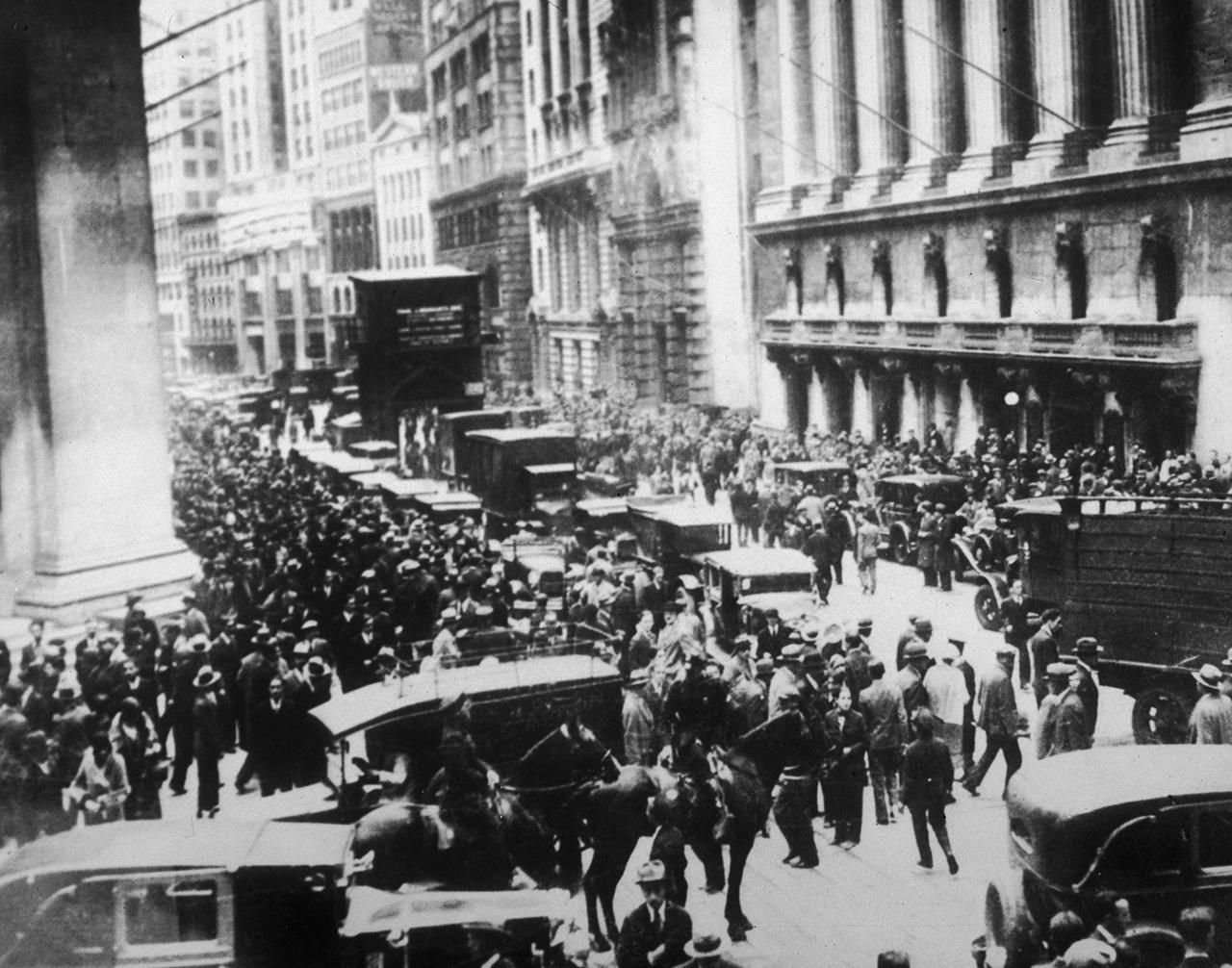The events of October 29, 1929, or Black Tuesday as it is called, had far-reaching consequences that led to a decade-long economic slump felt throughout the United States and the world, shaping history and causing widespread suffering.
A Weakening Economy in a Precarious Position
The years after the First World War ended were full of promise. The 1920s were synonymous with excess as the population celebrated the end of dark times, and stock prices were driven higher than ever. However, the economy was not as stable as it appeared.
Federal spending increased during World War I, and the growing national debt was becoming a concern. As Europe recovered from the ravages of war, American agricultural products were no longer in demand, and prices for those goods dropped. Consumers were also taking on more debt and unable to continue purchasing homes and other items at the same rate, causing a drop in value and a weakened stock market.
How Black Tuesday Became the Tipping Point
The stock market began to see a series of drops which culminated in the crash of October 29. As stock prices plummeted, people began to panic and sold their shares in an effort to get out of the market. The ticker-tape machines noting current prices couldn’t keep up with the flurry of activity, leaving investors blind as to the actual state of the market. Fear contributed to more panic selling, and prices fell to the lowest they had seen in history.
The losses on the stock market destroyed the people’s confidence in the country’s economy. The following months saw worsening conditions with bank runs, droughts, and rapid economic downturns that would sweep the nation and beyond for years to come.

